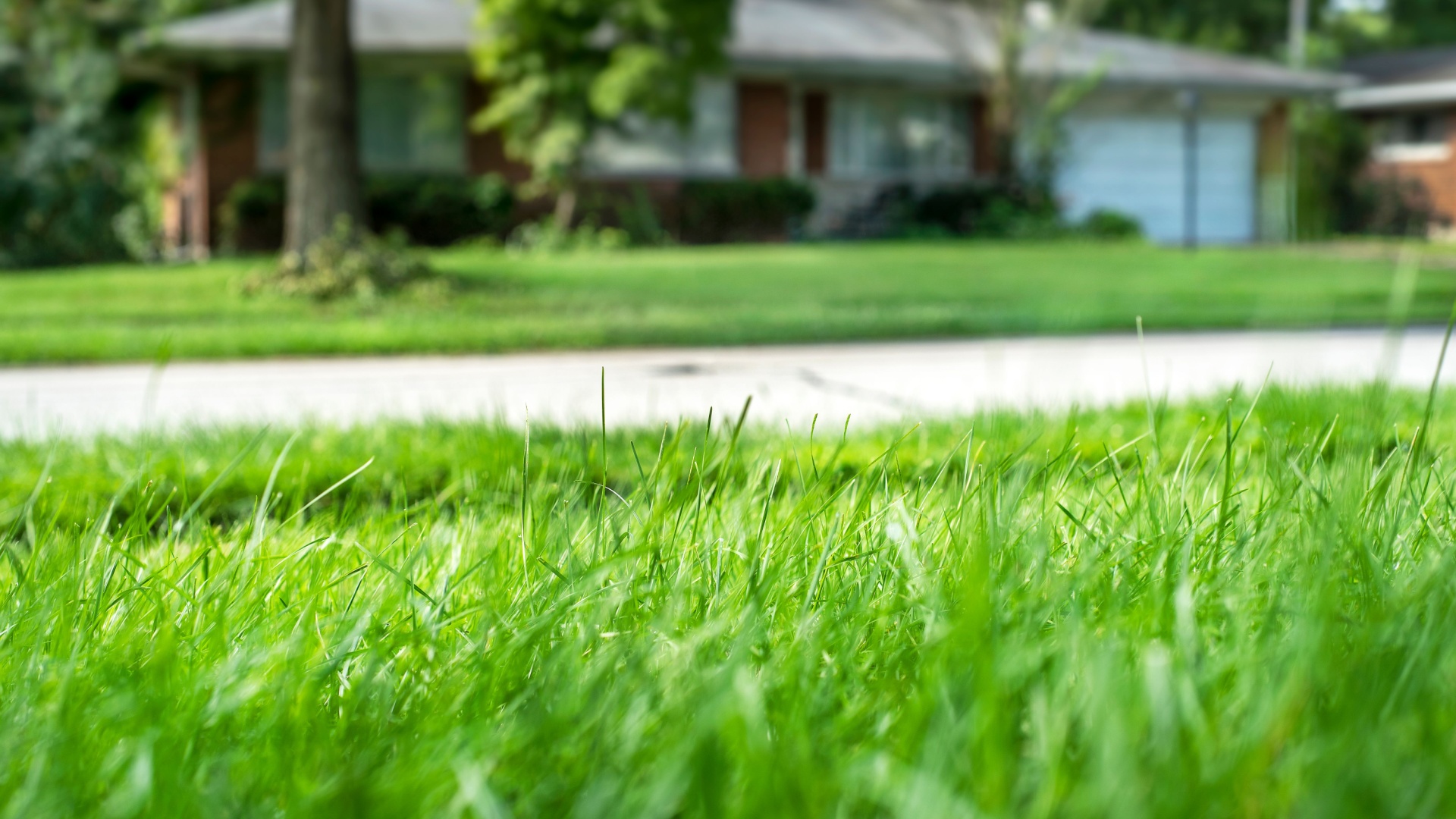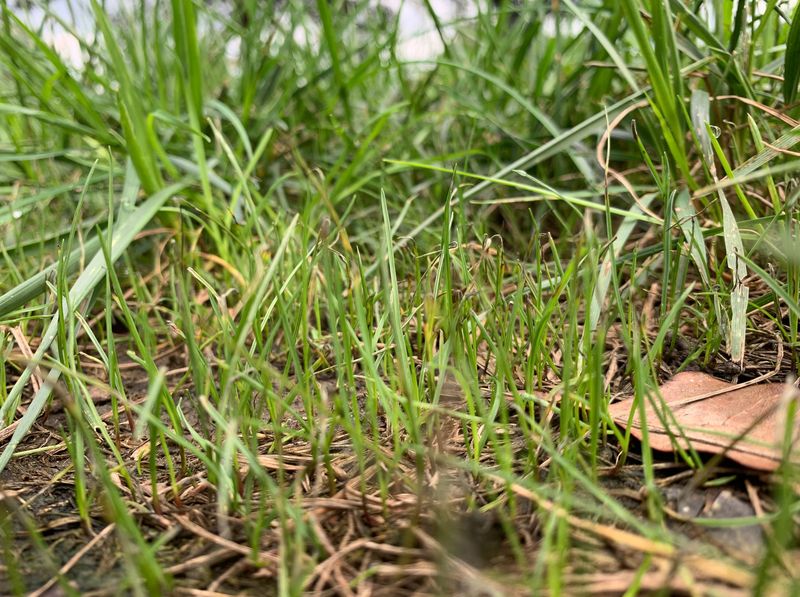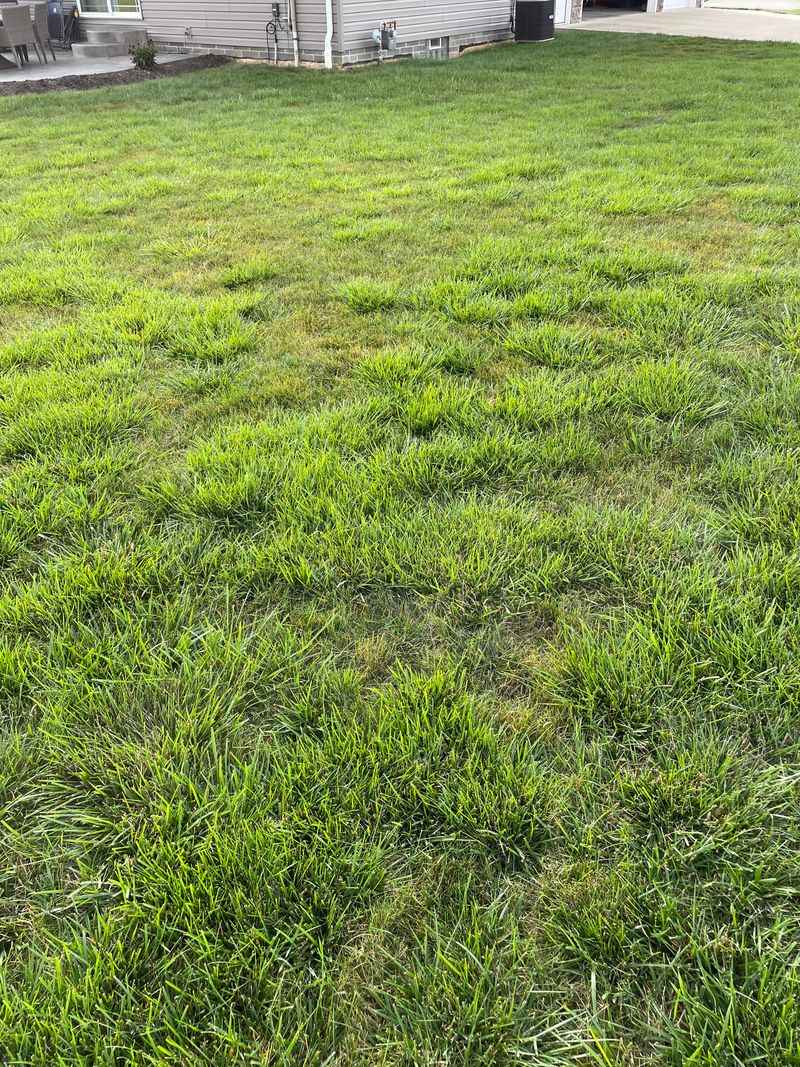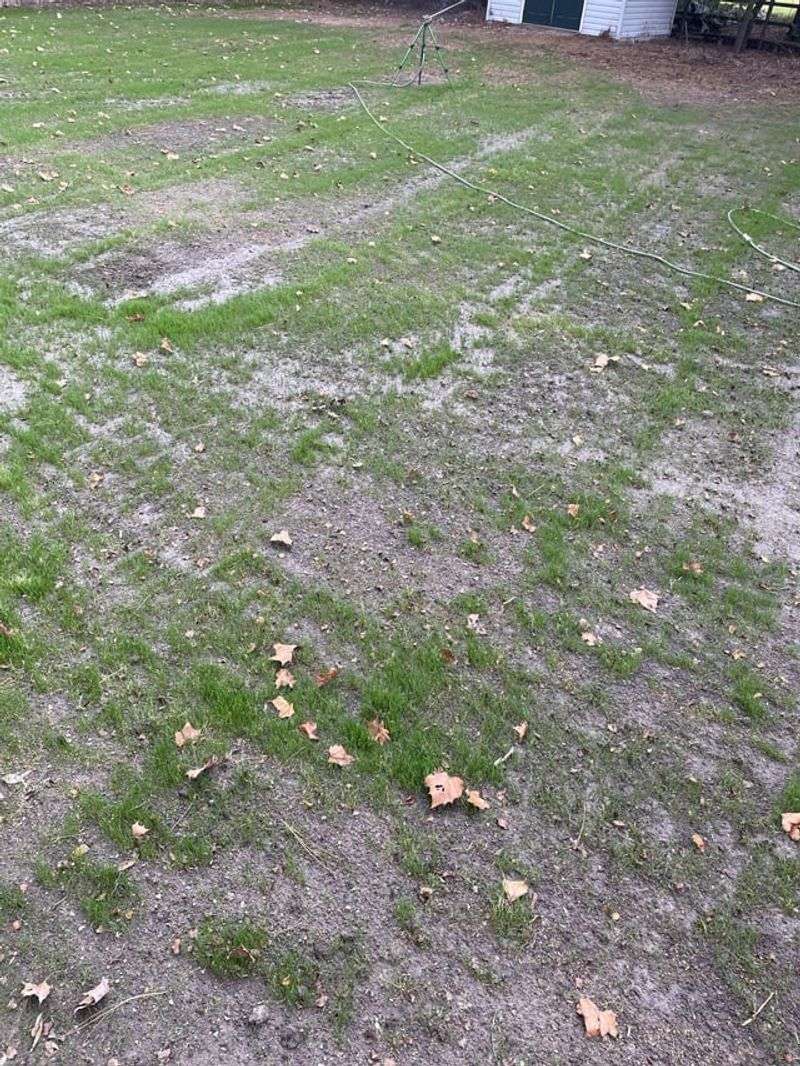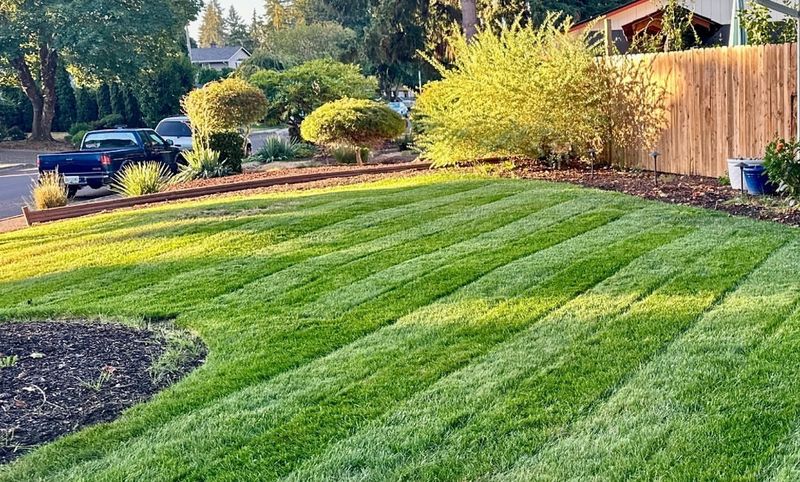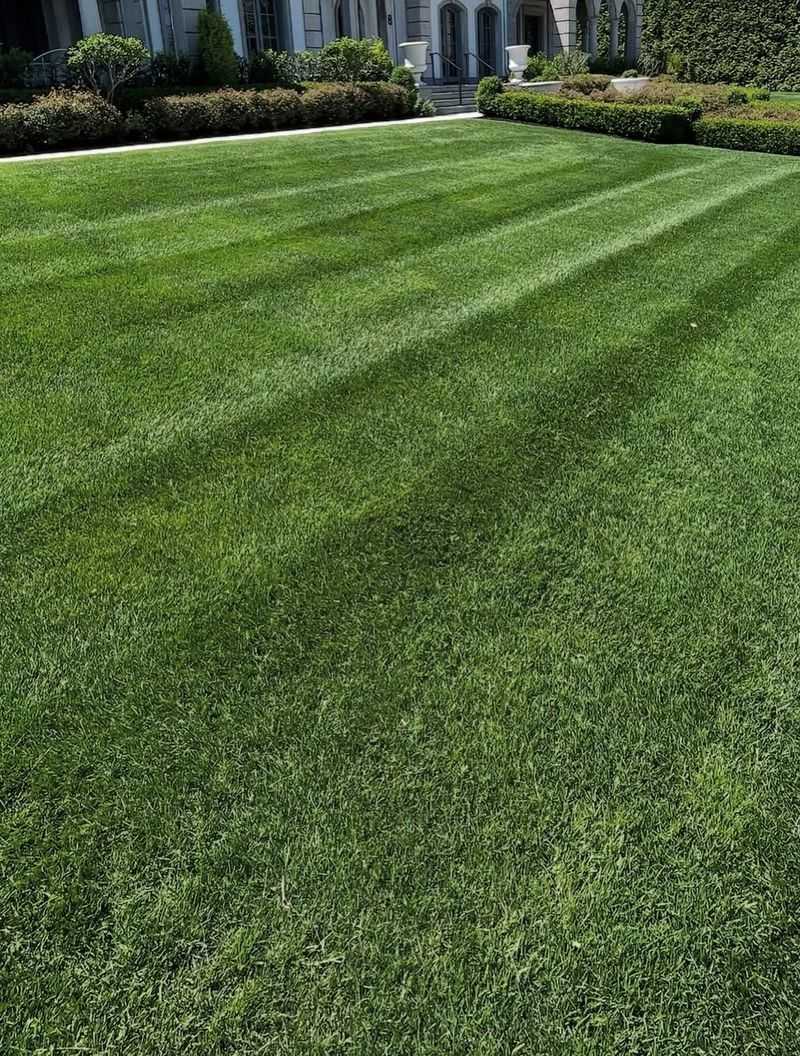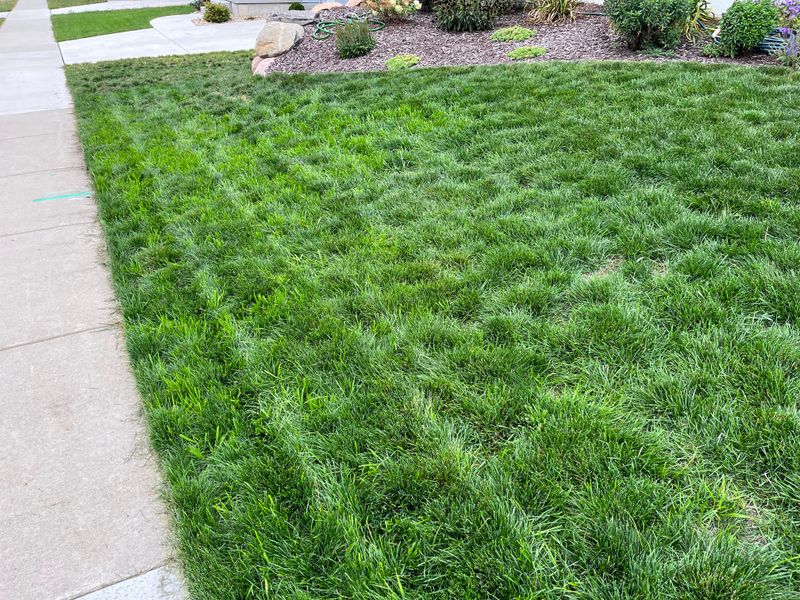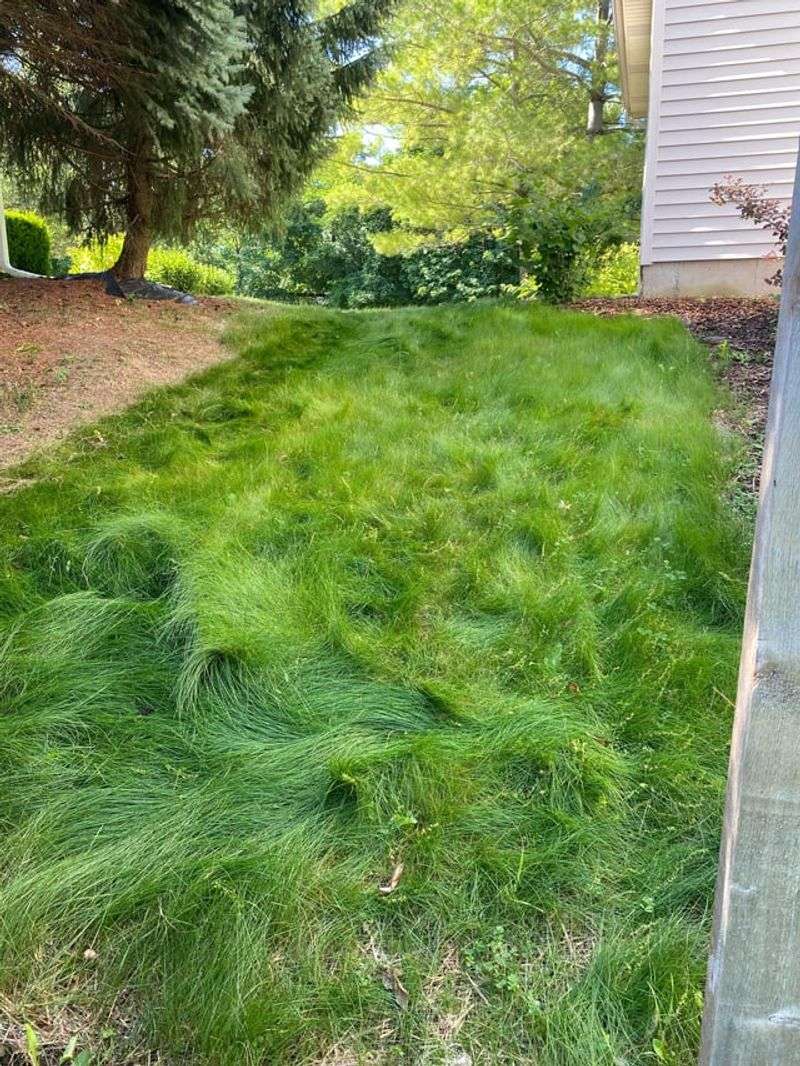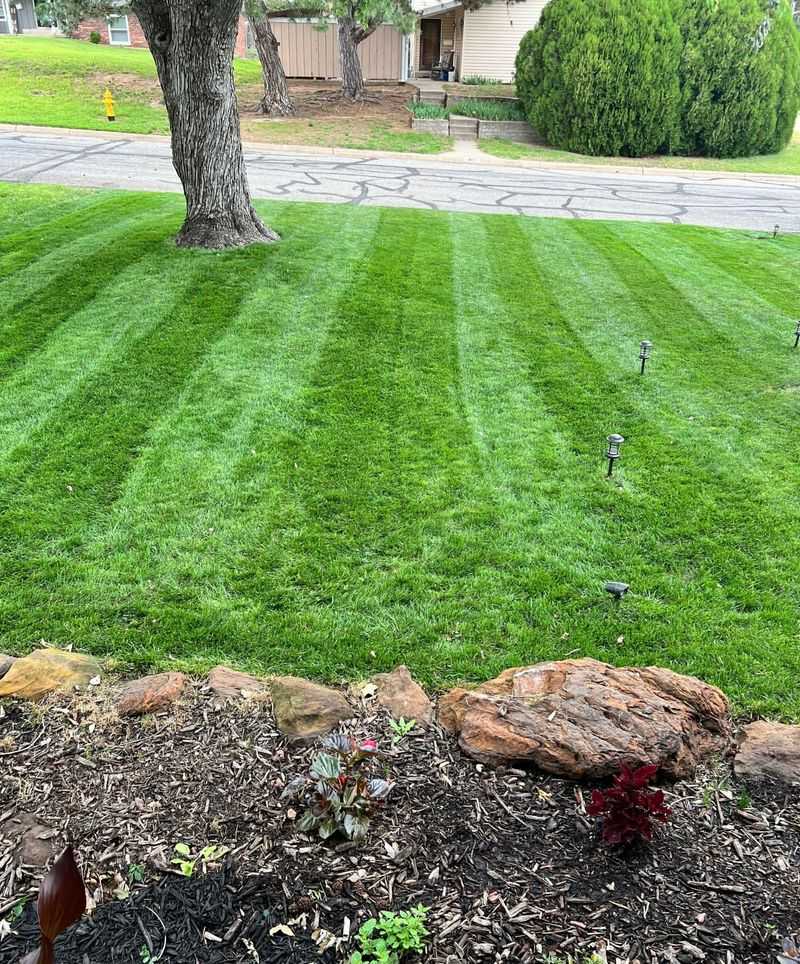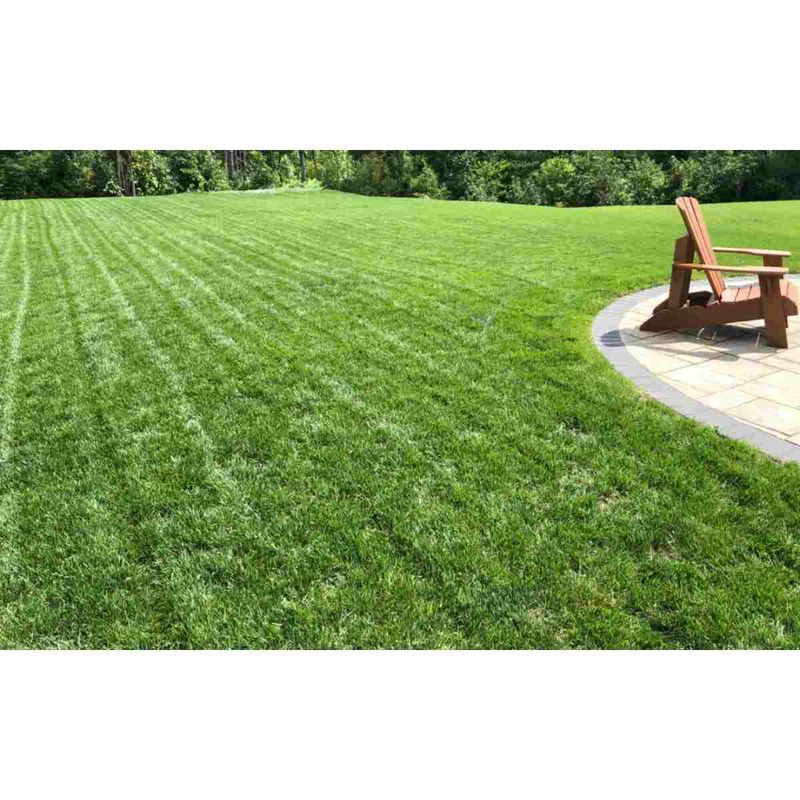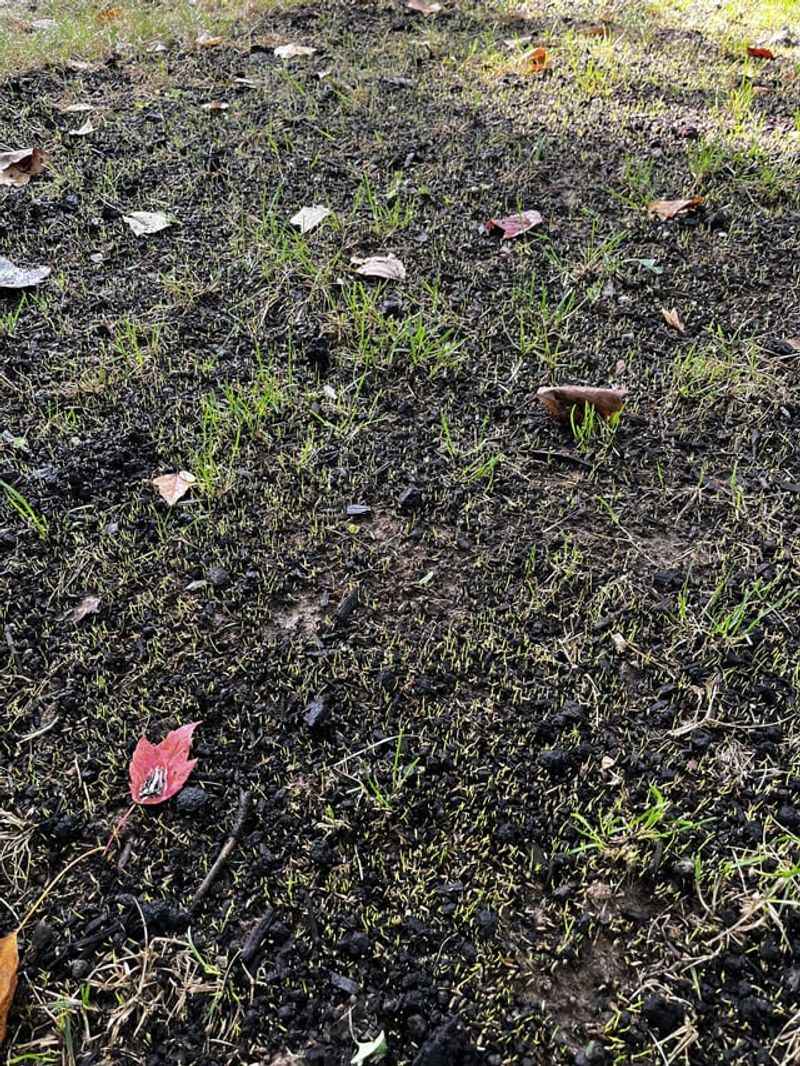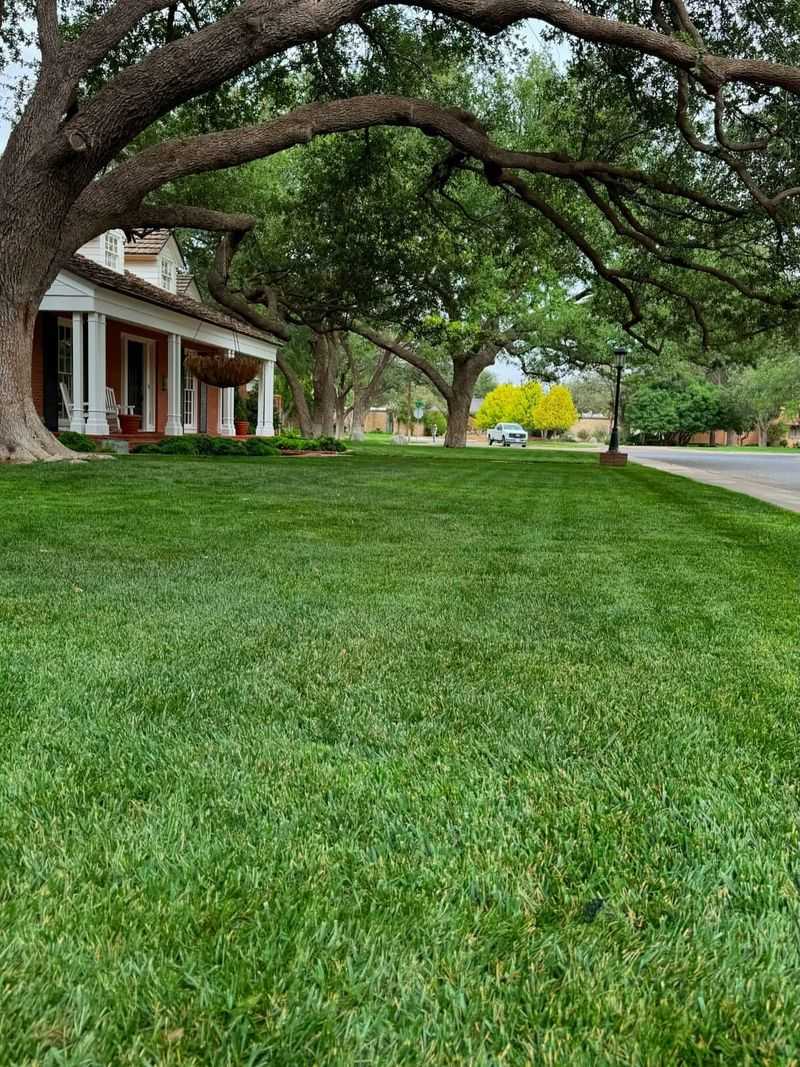Fall is the perfect moment for Virginia homeowners to get those fescue seeds in the ground. The cooling temperatures and upcoming seasonal conditions create an ideal environment for fescue grass to establish strong roots before winter arrives.
Your lawn will thank you with lush, green growth that stands up to Virginia’s unique climate challenges.
1. Perfect Soil Temperature Range
The soil in Virginia has cooled to the sweet spot of 50-65 degrees during fall. This temperature range creates the perfect growing conditions for fescue seeds to germinate properly and develop strong roots.
Summer’s scorching heat has passed, but the ground still holds enough warmth to nurture young seedlings. Your new grass will establish itself comfortably without the stress of extreme temperatures.
2. Reduced Weed Competition
Many aggressive summer weeds are winding down their growth cycle when fall arrives in Virginia. With fewer weeds competing for nutrients and space, your fescue seeds have a much better chance of establishing themselves successfully.
Crabgrass and other warm-season weeds are beginning to die back naturally. This natural weed suppression means less competition for your newly planted fescue seedlings.
3. Extended Growth Period
Fall-seeded fescue enjoys two prime growing seasons back-to-back in Virginia’s climate. Your grass will establish itself in fall, go dormant during winter, then experience another growth spurt in spring before summer heat arrives.
This double-growth opportunity creates a stronger, more resilient lawn. The extended establishment period gives your fescue a fighting chance against Virginia’s challenging summer conditions.
4. Moderate Rainfall Patterns
Virginia’s fall typically brings more consistent, gentle rainfall patterns that benefit newly seeded lawns. Unlike spring’s unpredictable downpours that can wash away seeds, autumn rain tends to be more moderate and evenly distributed.
Natural rainfall means less supplemental watering for you. Mother Nature handles much of the irrigation work, saving you time and reducing water bills while keeping seedlings perfectly moist.
5. Lower Evaporation Rates
Cooler temperatures and shorter days in Virginia’s fall mean moisture sticks around longer in your soil. Water doesn’t evaporate as quickly as during summer months, keeping seed beds consistently moist – a critical factor for successful germination.
Morning dew also becomes heavier and lasts longer. This natural morning moisture provides additional hydration for delicate seedlings without any effort on your part.
6. Superior Root Development
Fall’s unique growing conditions encourage fescue to focus energy on developing deep, strong root systems rather than rapid top growth. While you might see less immediate above-ground results, what’s happening below matters more for long-term lawn success.
Robust root development means better drought resistance next summer. Your grass will reach deeper water sources when the hot Virginia summer returns.
7. Less Disease Pressure
Fungal diseases that plague Virginia lawns during humid summer months naturally decrease in fall. Cooler temperatures and lower humidity levels create an environment where disease-causing pathogens are less active and less likely to attack vulnerable seedlings.
Young grass plants can establish without fighting fungal infections. This healthier start means stronger plants and fewer bare patches in your finished lawn.
8. Slower Growing Competing Grasses
Warm-season grasses like Bermuda that might compete with your fescue begin slowing down in fall throughout Virginia. As these aggressive competitors enter dormancy, they give your fescue seedlings room to establish without being crowded out.
The playing field levels out during autumn months. Your cool-season fescue thrives while warm-season varieties retreat, creating the perfect window for establishment.
9. Optimal Fertilizer Uptake
Fall’s moderate soil temperatures create ideal conditions for fescue to absorb nutrients efficiently in Virginia soils. Starter fertilizers applied during seeding will be readily available to developing seedlings without being lost to summer’s excessive heat or leaching.
Nutrient availability translates directly to establishment success. Well-fed seedlings develop faster, stronger, and with better color than those struggling in nutrient-poor conditions.
10. Easier Lawn Maintenance Schedule
Fall typically means a lighter yard maintenance load for Virginia homeowners. With fewer competing projects like garden planting or summer vacation plans, you can focus proper attention on lawn establishment.
The more relaxed pace allows for better care of seedlings. You’ll have time to monitor moisture levels, remove fallen leaves promptly, and ensure optimal growing conditions without feeling rushed.
11. Seed Sales and Specials
Garden centers and lawn supply stores across Virginia often run fall specials on grass seed and lawn establishment products. Retailers know fall is prime fescue planting season and compete for your business with attractive pricing.
Smart shoppers can save 20-30% on quality seed. These savings allow you to purchase premium fescue varieties that might otherwise strain your lawn care budget.
12. Better Germination Rates
Fall’s stable soil temperatures and moisture levels in Virginia lead to significantly higher germination percentages for fescue seed. More consistent conditions mean more seeds successfully sprout and establish rather than failing to germinate.
Higher success rates mean fewer bare patches and less need for reseeding. Your lawn establishes more evenly, creating that carpet-like appearance most homeowners desire.
13. Virginia’s Climate Sweet Spot
Virginia’s geographical position creates a perfect fall sweet spot for cool-season grasses like fescue. The state’s unique climate transition between northern and southern weather patterns provides an extended establishment window compared to regions further north or south.
This climate advantage gives Virginia homeowners flexibility in timing. Your seeding window stretches longer than in many other states, allowing you to work around weather events or personal schedules.

